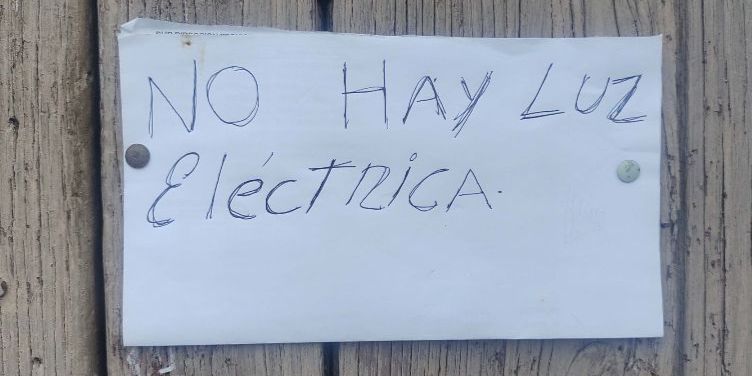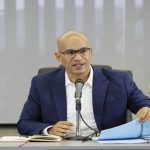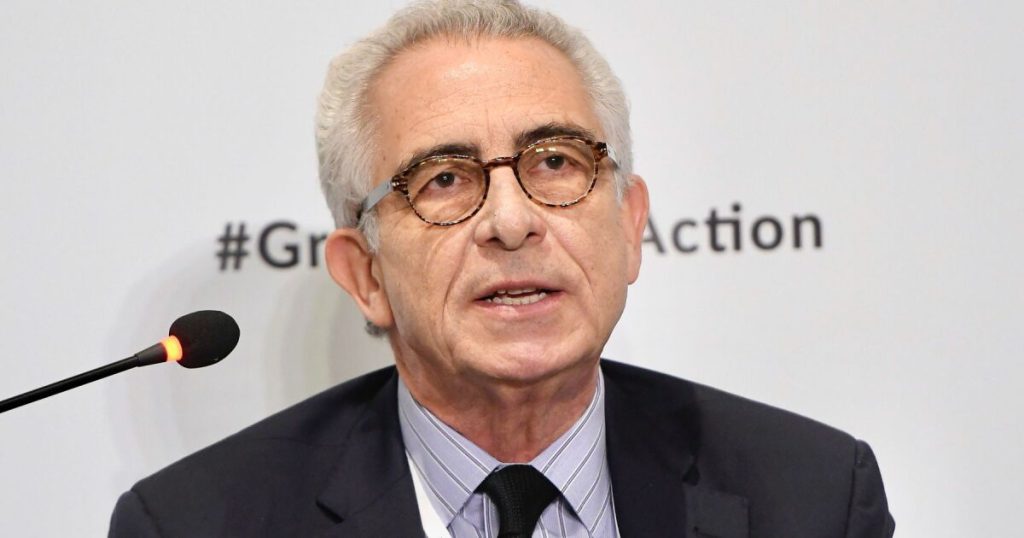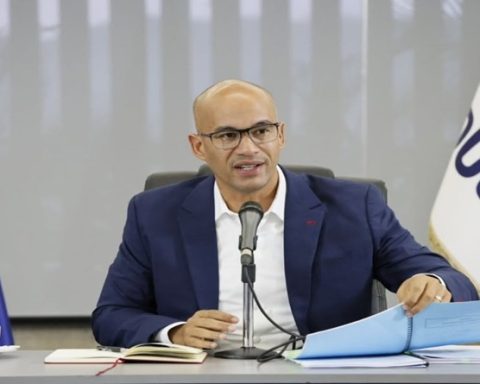AREQUIPA, Peru – Despite reporting that “the entire national electrical system” has “service”, the Cuban regime also predicts for this Saturday a high generation deficit that will leave blackouts in more than a third of the Island.
In its daily report, the state Electrical Union of Cuba predicted for peak hours a deficit of 700 megawatts (MW) and an impact (what will actually be disconnected) of 770 MW if current conditions are maintained.
Currently, unit 2 of the Felton thermoelectric plant (CTE) is damaged, while several blocks of the Santa Cruz, Cienfuegos and Renté CTE are under maintenance.
This Friday it emerged that the two units of the Carlos Manuel de Céspedes Thermoelectric Power Plant (CTE)from Cienfuegos, which left the National Electric System (SEN) last December for “intensive maintenance”, it will take at least three months to generate electricity again.
This is a “severe blow to the SEN,” according to the regime’s official press, since units three and four generate a total of 316 megawatts.
José Osvaldo González Rodríguez, general director of the CTE, explained to Granma that several elements of the turbine have been “intervened.” “That is a very complex job and it takes time. We estimate that part of it should be completed by the end of January; and in mid-February, the other,” he said.
Afterwards, they will begin to assemble the turbinewhich the manager described as “the critical route for Unit No. 3” and the process is expected to conclude in the first half of April.
“The fundamental objective is that Unit 3, when it synchronizes, with its 158 MW, which is its nominal power, can regulate the SEN frequency, and have the reliability that the System blocks have always had,” he contributed.
However, the other unit in maintenancenumber four, has damage to the boiler and would take longer to reconnect to the SEN.
Before the total blackout on October 18, most of the island’s provinces only had three hours of electrical service a day, a situation to which most of the Cuban territories have returned, with the exception of Havana, the provincial capitals and some localities linked to essential services.
In September 2024, the Island recorded one of the highest electricity service impacts in three months (43%), although still below the 45% impact reported in February of that year. After October the situation became even more critical with blackouts that covered half the country and the recurrent “total disconnection” of the SEN.
The blackouts further complicate the country’s already tense energy situation and not only deteriorate the economic performance of Cuba, which has been mired in a serious crisis for years, but have also been the trigger for anti-government protests. The most notable ones occurred on July 11, 2021the largest in decades, and most recently on March 17 in Santiago de Cuba and other locations.













![[Video] They investigate the Family Commissioner of Sutamarchán for a violent act with a weapon on the roads of Quindío [Video] They investigate the Family Commissioner of Sutamarchán for a violent act with a weapon on the roads of Quindío](https://latin-american.news/wp-content/uploads/2025/01/Video-They-investigate-the-Family-Commissioner-of-Sutamarchan-for-a-1024x538.jpg)



